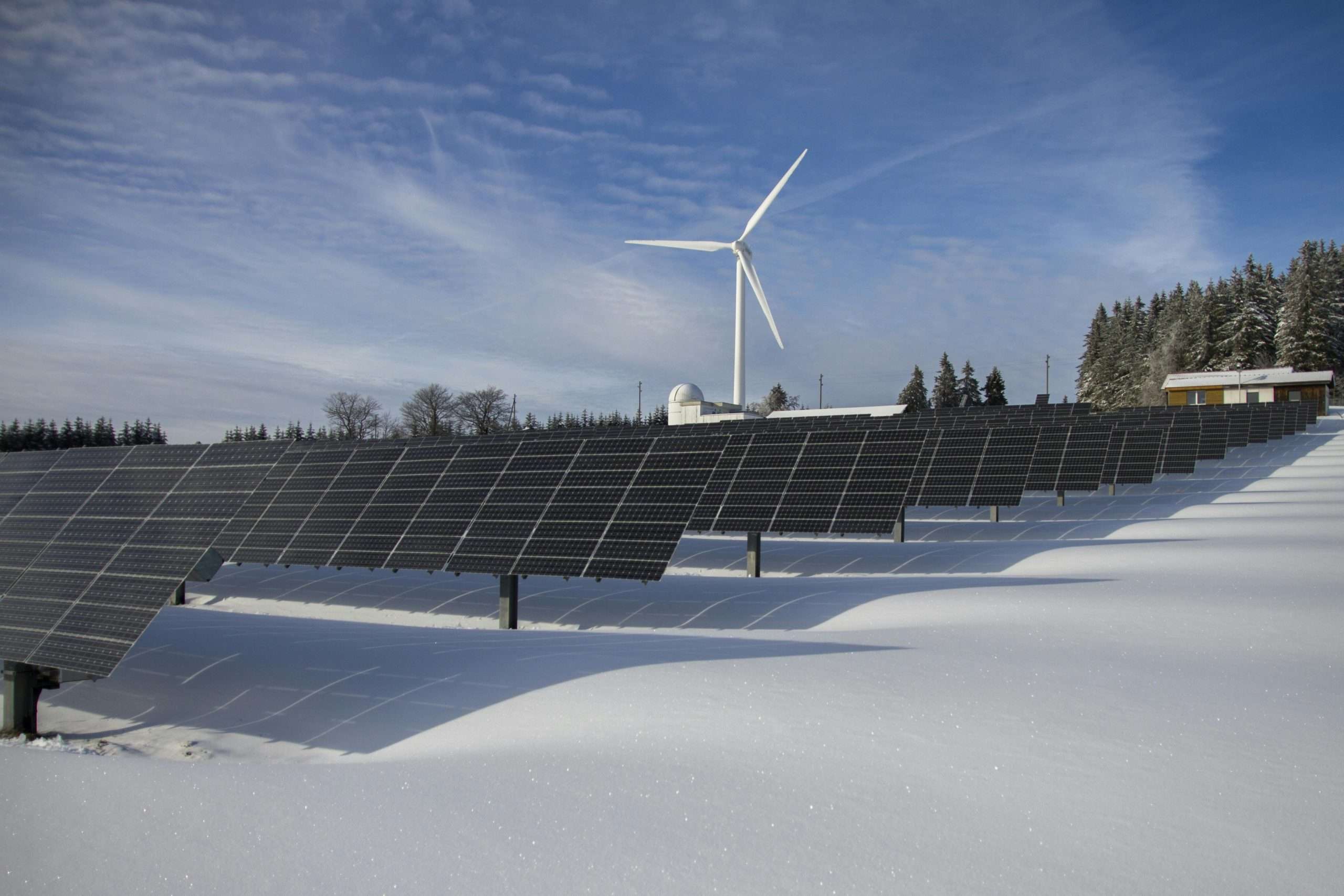In the face of climate change and dwindling fossil fuel reserves, the urgent need for sustainable energy solutions has never been clearer. Renewable energy technologies offer a promising path forward, harnessing the power of nature to generate electricity without depleting finite resources or emitting harmful greenhouse gases. In this article, we explore the diverse array of renewable energy technologies available today, their benefits, challenges, and their pivotal role in securing a sustainable future for generations to come.
Solar Power: Harvesting Energy from the Sun
Solar power stands as one of the most abundant and widely accessible forms of renewable energy. Photovoltaic (PV) cells convert sunlight directly into electricity, while concentrated solar power (CSP) systems utilize mirrors or lenses to concentrate sunlight onto a small area, generating heat that can be converted into electricity. Solar panels can be installed on rooftops, in solar farms, or integrated into building materials, providing a versatile and scalable solution for sustainable power generation.
Wind Energy: Capturing the Power of the Wind
Wind energy harnesses the kinetic energy of the wind to drive turbines that generate electricity. Onshore and offshore wind farms capture wind energy on a large scale, while small-scale wind turbines can be installed in urban and rural settings to power individual homes or businesses. Advances in turbine technology and siting strategies have made wind energy increasingly cost-effective and efficient, positioning it as a key player in the transition to renewable energy.
Hydropower: Harnessing the Power of Water
Hydropower has long been a cornerstone of renewable energy generation, utilizing the kinetic energy of flowing water to drive turbines and generate electricity. Large-scale hydropower dams and reservoirs provide reliable baseload power, while run-of-river and small-scale hydro projects offer flexible and decentralized solutions for local power generation. Despite its environmental impacts and challenges related to habitat disruption and sedimentation, hydropower remains a significant contributor to global renewable energy capacity.
Biomass Energy: Tapping into Organic Matter
Biomass energy harnesses the energy stored in organic matter, such as agricultural residues, forestry waste, and organic waste materials, to generate heat, electricity, or biofuels. Biomass power plants combust biomass feedstocks to produce steam that drives turbines and generates electricity, while biogas plants ferment organic waste to produce methane-rich biogas for electricity generation or as a renewable fuel for vehicles. Biomass energy offers a renewable alternative to fossil fuels while addressing waste management challenges and supporting rural economies.
Geothermal Energy: Tapping into Earth’s Heat
Geothermal energy exploits the heat stored beneath the Earth’s surface to generate electricity and provide heating and cooling for buildings. Geothermal power plants utilize steam or hot water from underground reservoirs to drive turbines and produce electricity, while ground-source heat pumps transfer heat from the Earth to buildings in winter and remove heat from buildings to the Earth in summer. Geothermal energy offers a reliable and continuous source of renewable power with minimal environmental impact, making it a valuable component of sustainable energy systems.
Challenges and Opportunities
While renewable energy technologies hold great promise for sustainable power generation, they also face challenges that must be addressed to realize their full potential. These challenges include intermittency and variability in energy production, grid integration and storage limitations, land and resource constraints, and socio-economic considerations such as job displacement and community engagement. However, ongoing research and innovation, coupled with supportive policies and investment frameworks, present opportunities to overcome these challenges and accelerate the transition to a renewable energy future.
Paving the Way to a Sustainable Future
Renewable energy technologies offer a pathway to sustainable power generation that is environmentally responsible, economically viable, and socially equitable. By harnessing the natural resources abundant in our environment – sunlight, wind, water, organic matter, and Earth’s heat – we can power our homes, businesses, and communities without compromising the well-being of future generations or the health of our planet. As we continue to invest in and deploy renewable energy technologies, we move closer to realizing a future powered by clean, renewable energy, where sustainability and prosperity go hand in hand.

